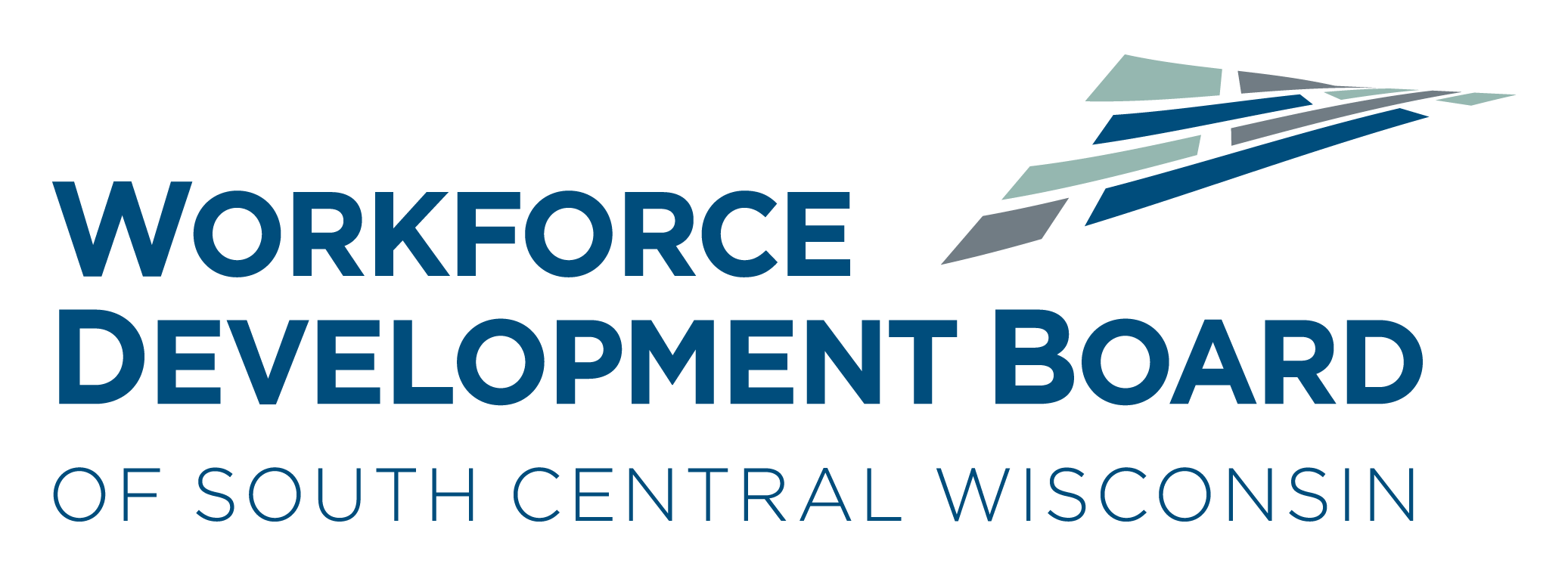Employment reduces recidivism, and Wisconsin is taking strides to provide job support for people who have been incarcerated.
Nazish Dholakia | Senior Writer
At the Oakhill Correctional Institution, a prison in the town of Oregon, Wisconsin, Benjamin sat at a computer in the facility’s job center, filling out applications and scheduling interviews. He was set to leave prison and return home in the coming weeks.
Ninety-five percent of people in prison will eventually return to their communities, and hundreds of thousands of them, like Benjamin, are released every year. But unlike him and others in Wisconsin, most receive little to no support after they leave. Instead, they face numerous challenges that make it harder to secure housing and find jobs.
Most states have not devoted significant resources to facilitate reentry for formerly incarcerated people, even though study after study has found that those who do secure employment are less likely to be reincarcerated. People are often released with limited resources, having earned pennies per hour for the work they did in prison, and few, if any, opportunities to further their education or access job training. The conditions of probation and parole can further hinder their attempts to secure employment, and requirements like mandatory drug tests in the middle of the day can make it exponentially harder to find and keep a job.
With the support of federal grants, Wisconsin’s Department of Corrections (WIDOC) is working to decrease the barriers incarcerated people face when they return home.
WIDOC provides vocational training opportunities in high-demand fields and operates five job centers in prisons, including the Oakhill facility, with plans to open five more later this year. The centers are the product of a collaboration between WIDOC and the Workforce Development Board of South Central Wisconsin (WDBSCW).
“Our relationship with WDBSCW allowed us to experiment. In opening the job center at Oakhill, we did something that had never been done before, and it turned out to be a great success,” said Silvia Jackson, reentry director at WIDOC. “The workforce development boards in Wisconsin know the field. They’re connected with employers, so it makes sense to partner with them.”
WIDOC also offers a pre- and post-release program called Windows to Work, which is available in several jails and prisons across the state. The program covers things like financial literacy and work skills, and Windows to Work coaches provide support to participants as they create resumes and search and apply for jobs. After they leave incarceration, participants continue to receive support in their job searches and in accessing community resources for food, housing, clothing, transportation, and other services. In some cases, Windows to Work also provides funding for transportation, education, and work supplies.
Less than a week after release, Benjamin found a job as a kitchen manager. Windows to Work helped him find housing, paid his security deposit and one month of rent, and provided clothing for work.
Benjamin is one of the lucky ones. Wisconsin and other states, like Texas, are finding innovative ways to support people in their job searches through partnerships with community-based organizations and collaborations with other government agencies.
Through the ARES Second Chance Act grant, WIDOC, in partnership with WDBSCW, will provide evidence-based practices training to community agencies in South Central Wisconsin. WIDOC and WDBSCW will also launch an app to share information about risks and needs so that agencies can be better equipped to provide employment services to formerly incarcerated people.
“With around 9,000 people returning to Wisconsin communities every year from incarceration, it’s critical we develop policies and programs that support incarcerated people,” Jackson said.
Although this kind of partnership between state departments of corrections and workforce boards is rare, WIDOC and the workforce board agree that it’s critical to achieve their overarching goal.
“We share a mission – and a community,” said Seth Lentz, chief executive officer at WDBSCW. “Everybody really wants people who were incarcerated to be able to successfully reintegrate into the community. And ultimately, our dream is to reduce the recidivism and incarceration rate.”
Read the full article on Vera Institute of Justice’s Think Justice Blog.
